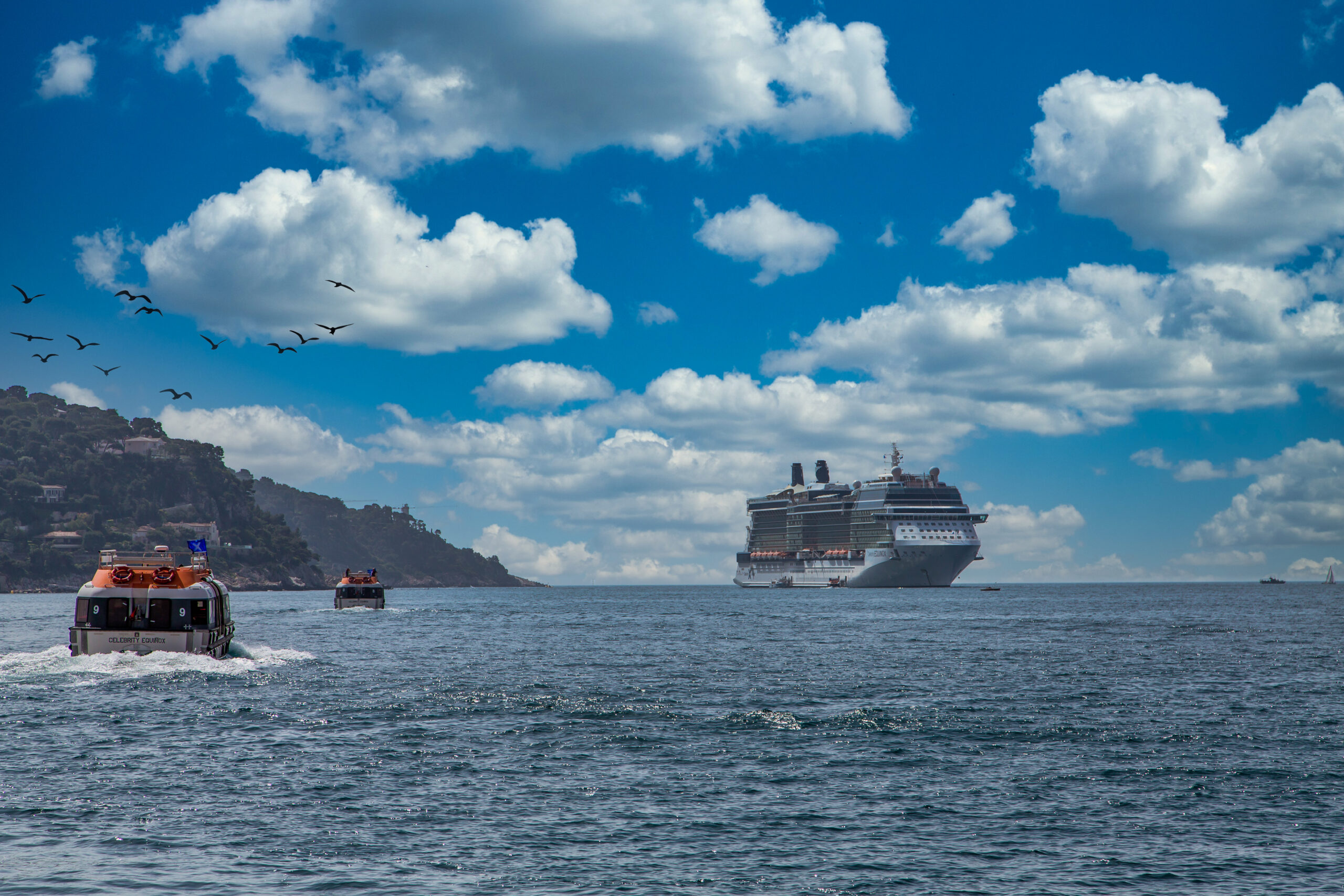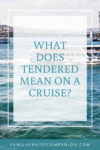When you’re reviewing cruise itineraries, you may notice that some ports are marked as “tender” ports. So, exactly what does tendered mean on a cruise?
While you might have heard the word “tender” or “tendered” in a different context, you might not have heard of it in the context of cruising and cruise ships. Most cruise ship jargon is somewhat user-friendly, and once you understand where the terms come from, they tend to make sense.
The term “tendered” in the cruise ship context means being transported from the ship to the shore of a nearby town or island by a small boat. The boats themselves are referred to as “tender boats” in this context. These are either the ship’s lifeboats or other externally commissioned boats.
When a cruise ship uses tender boats, it is usually because the ship is unable to dock at a specific port due to a lack of space or shallow water. There are many ports where tendering is the only way for passengers to get to their port of call to explore. This will be indicated on the cruise itinerary.
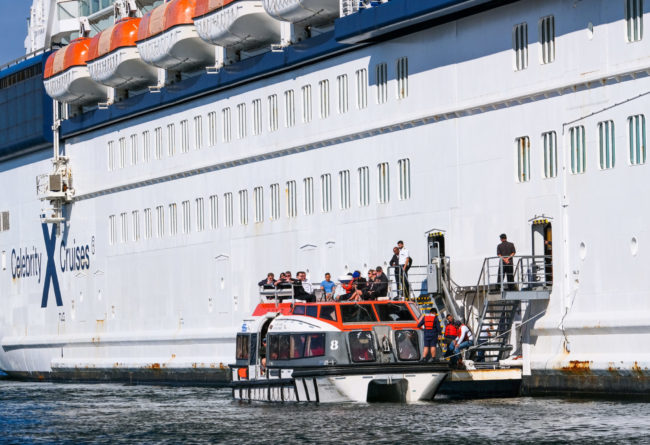
What Does The Word “Tendered” Mean In A Cruise Context?
The term “tender” in the context of cruise ships originated in the late 17th century, where small boats would attend to the needs of the larger boats. The origin is, in fact, in the word “tenden” from Middle English that means “to attend to.” In this context, the word is applicable as a noun, for example, “I’m going to take a tender to the port.”
It can also be used as a verb, for example, “I’m going to tender to land, see you later.” Lastly, the term can be used as an adjective, such as in the sentence “Let’s take a tender boat to see what this island has to offer.”
Today, tendering is essentially a way for you to get from the large ship to the small port or island you are visiting according to your cruise ship’s itinerary.
This involves taking a tender boat, which can be one of several different types of vessels. Usually, it’s either one of the ship’s own lifeboats, a designated boat kept at the harbor, or a private boat contracted to tender passengers to shore as needed.
Tendering is necessary when the ship is scheduled to disembark at a destination that does not have a sufficiently large port to accommodate today’s large cruise ships.
Small boats (usually seating up to 150 people at a time) will transport cruise guests from the ship to the shore to allow them to explore their destination for the day. The tender boats will run throughout the day, allowing passengers to spend their entire day exploring or simply spend a few hours on the shore before returning to the ship.
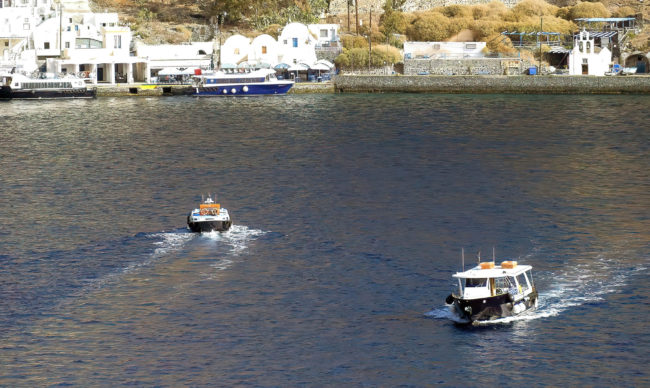
Why Would A Ship Stop To Tender Passengers Ashore?
There is a significant difference between docking and tendering. While both terms refer to a ship stopping to allow its passengers to disembark to explore a specific port, they each refer to different ways in which this is achieved.
When a ship docks, it pulls into a port and allows passengers to disembark via gangplanks, stairs, or bridges that connect the ship directly to the pier. This allows passengers to disembark quickly, immediately stepping onto solid land once off the ship.
Tendering, conversely, refers to having the ship anchor off the shore of a city or island and subsequently loading passengers onto small boats before taking them on a short boat ride (whether 10 minutes or 45 minutes long) to the shore.
Some ports, especially the older ports in the small Mediterranean port towns of Europe, simply cannot accommodate today’s large cruise ships.
Other ports may accommodate cruise ships, but perhaps only one at a time. So, if there is already a large ship in the port, any other cruise ships will have to anchor at a designated area offshore. They then tender their passengers to dry land through the assistance of smaller boats.
While docking is the more common way for passengers to disembark, tendering is extremely popular in small ports with limited capacity for large ships. Some ports stipulate that ships implementing tendering will anchor far from the shore, often a twenty-minute boat ride from land.
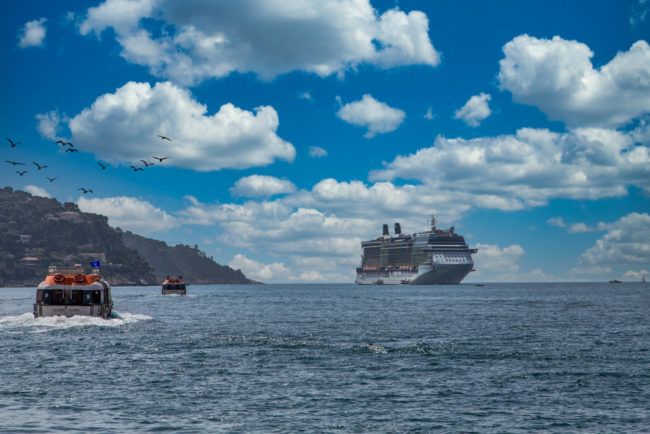
Tips for Getting On & Off A Tender Boat Safely
General boat safety applies for getting onto – and off of – a tender boat. Tendering requires stepping between the ship and another surface, which poses a risk of accidents. Sometimes there can be a significant gap between the platform on which individual passengers step off and the entrance to the tender boat. Thus, cruise staff will sometimes ask you to prove that you can step over a certain distance before allowing you to climb aboard a tender boat.
The same applies to small children, in that the cruise staff may ask you to prove that you can carry your child over a certain distance. This will ensure that you are safely able to climb aboard a tender boat with your baby in hand.
How Can You Tell Which Cruises A Tender Port?
On your cruise itinerary, there will be an indication of whether the stop will be docked or tendered. Sometimes this will be obvious. But other times there may be a simple cryptic notation such as “D” or “T” which leaves first-time cruisers scratching their heads.
But, even though tender ports or usually designated in advance, this can change when you are actually sailing. In some cases, such as bad weather, a tendered port may change to a docked port. Or that stop may be canceled altogether.
Similarly, circumstances may change such that the port at which docking was intended may no longer be able to accommodate your ship. For instance, delays in departures of other ships. That would then necessitate tendering to allow passengers to disembark and enjoy the offerings on land.
Conclusion
Whatever the reason for tendering on your cruise, this can be an exciting part of the adventure. You can potentially enjoy a thrilling boat trip that takes you to a beautiful new port town where you will have the privilege of exploring for the day. Hopping on a tender boat to get to shore also offers you the opportunity to see your ship in all its splendor from sea level.
This presents a unique opportunity to see the ship from the water and appreciate its magnificent beauty while capturing a few photos from the water level. Whether the tendering process is a few minutes or a few hours, relax and see it as just another part of the adventure that is your cruise ship holiday.

